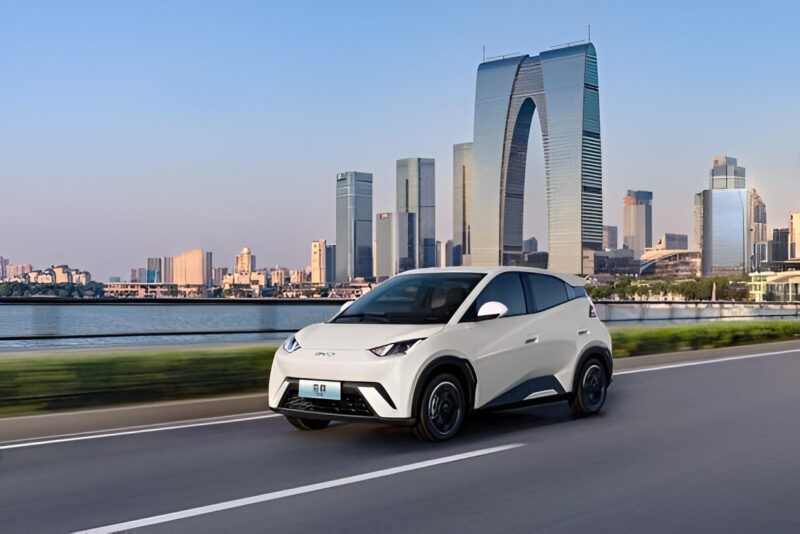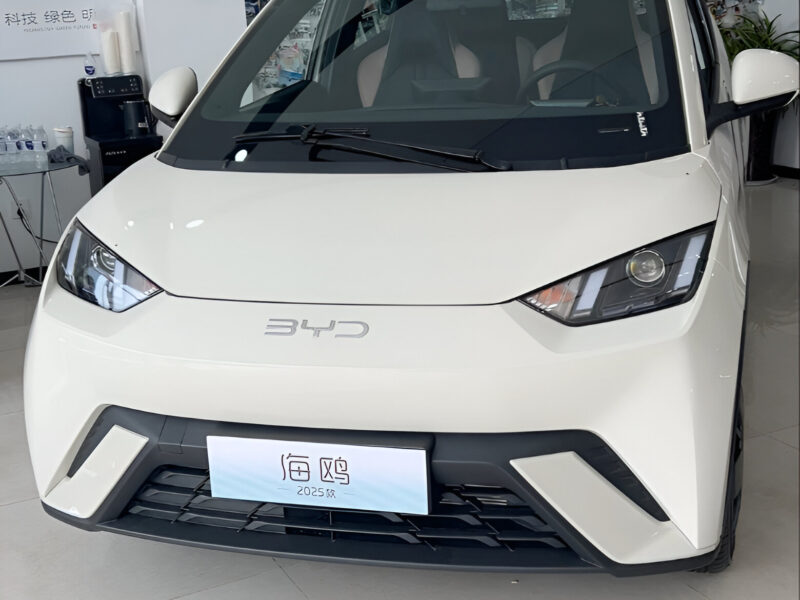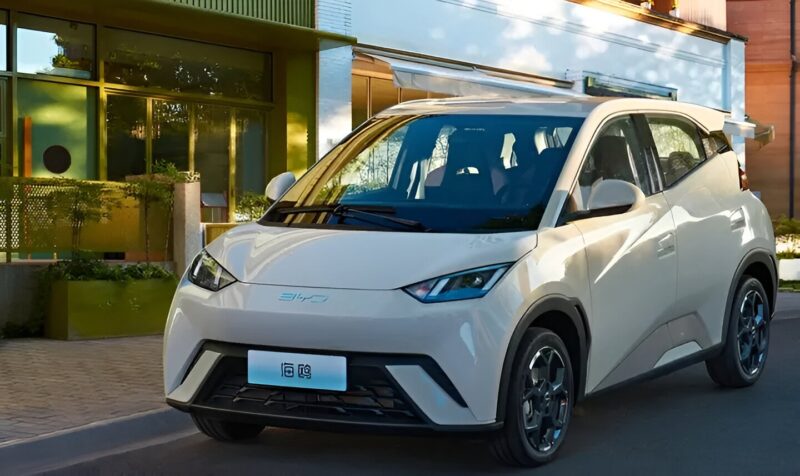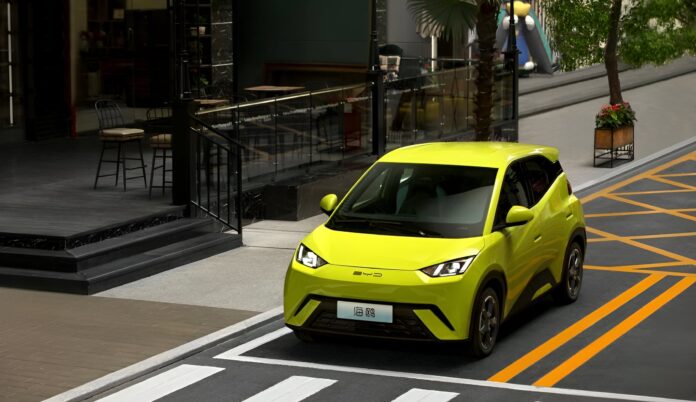The BYD Seagull (see specs), also marketed as the Dolphin Mini in some regions, was named the 2025 World Urban Car at the New York International Auto Show on 16 April 2025. The award category, part of the World Car Awards, highlights vehicles designed for city environments. A panel of 96 automotive journalists from 30 countries selected the winner.
At the event, BYD’s executive vice president, Stella Li, is the first woman and Chinese executive named 2025 World Car Person of the Year.

The Seagull competed against 12 initial contenders, with the Hyundai Inster/Casper Electric and Mini Cooper Electric making the final shortlist. Eligible vehicles had to be available in at least two major markets across two continents, have annual production exceeding 5,000 units, and measure no longer than 4.25 meters. The Seagull met all requirements and secured the top spot.

This marks another achievement for BYD in the World Car Awards. Last year, the BYD Dolphin was a Top Three finalist in the same category, while the BYD Seal was nominated for World Car of the Year. Stella Li acknowledged the recognition, stating it reflects the company’s focus on sustainable technology and global customer service.

The 2025 Seagull’s starting price in China is 69,800 yuan (approximately 9,540 USD). The Seagull measures 3,780 mm long, 1,715 mm wide, and 1,540 mm tall with a 2,500 mm wheelbase. Power comes from a front-mounted 55 kW (74 hp) electric motor. Buyers can choose between two lithium iron phosphate (LFP) battery packs: a 30.1 kWh unit providing 305 km (CLTC) range or a larger 38.9 kWh version offering 405 km (CLTC) range. It also has fast charging, a 12.8-inch infotainment display, heated front seats, and USB fast-charging ports. Safety features such as autonomous emergency braking, blind-spot monitoring, and lane departure warnings are also standard.

The latest 2025 Seagull introduces advanced driver-assistance features for the entry-level EV market, including highway autopilot, memory navigation, and automated parking, exceeding typical L2 autonomy. Its DiPilot 100 system uses twelve cameras, five radars, and twelve ultrasonic sensors.


